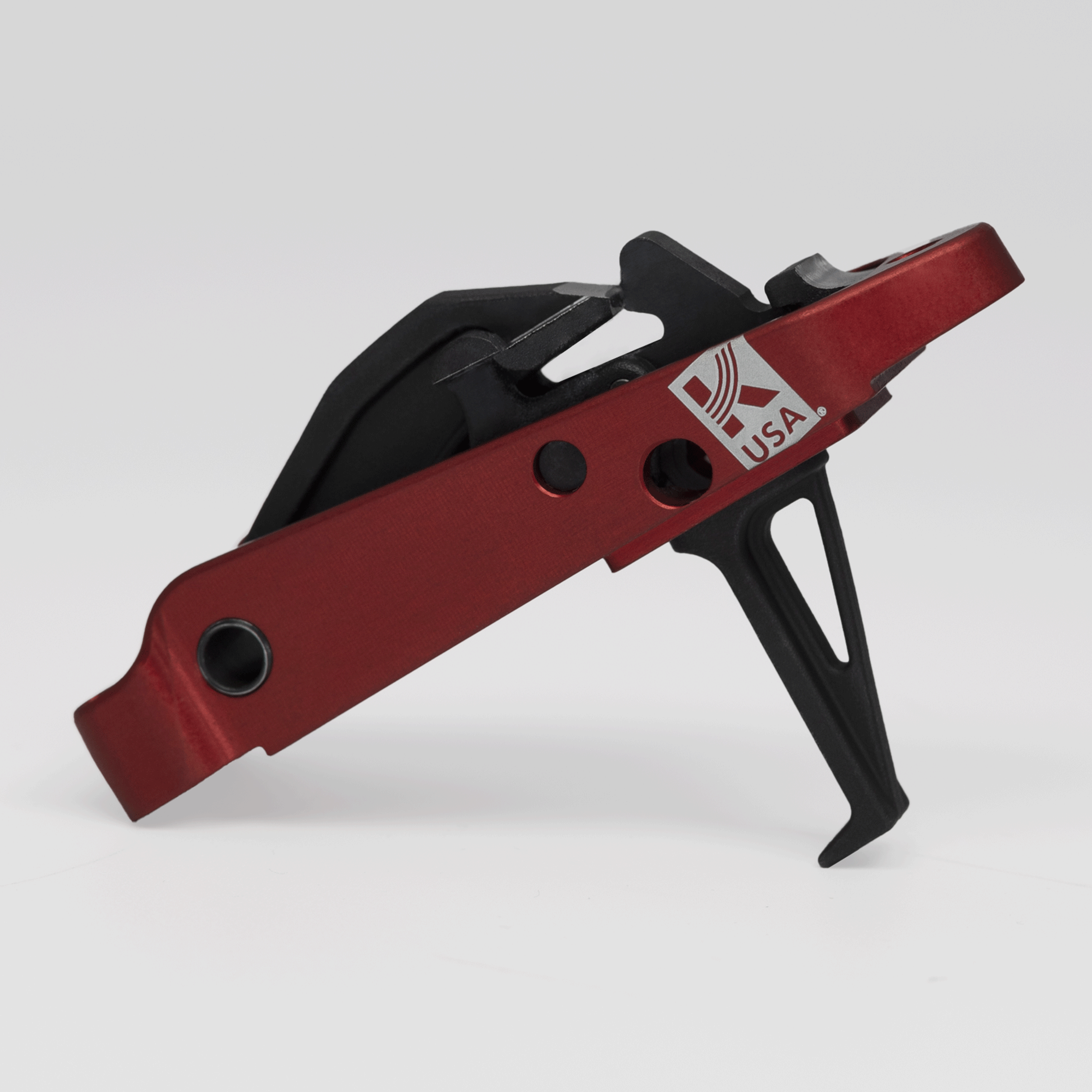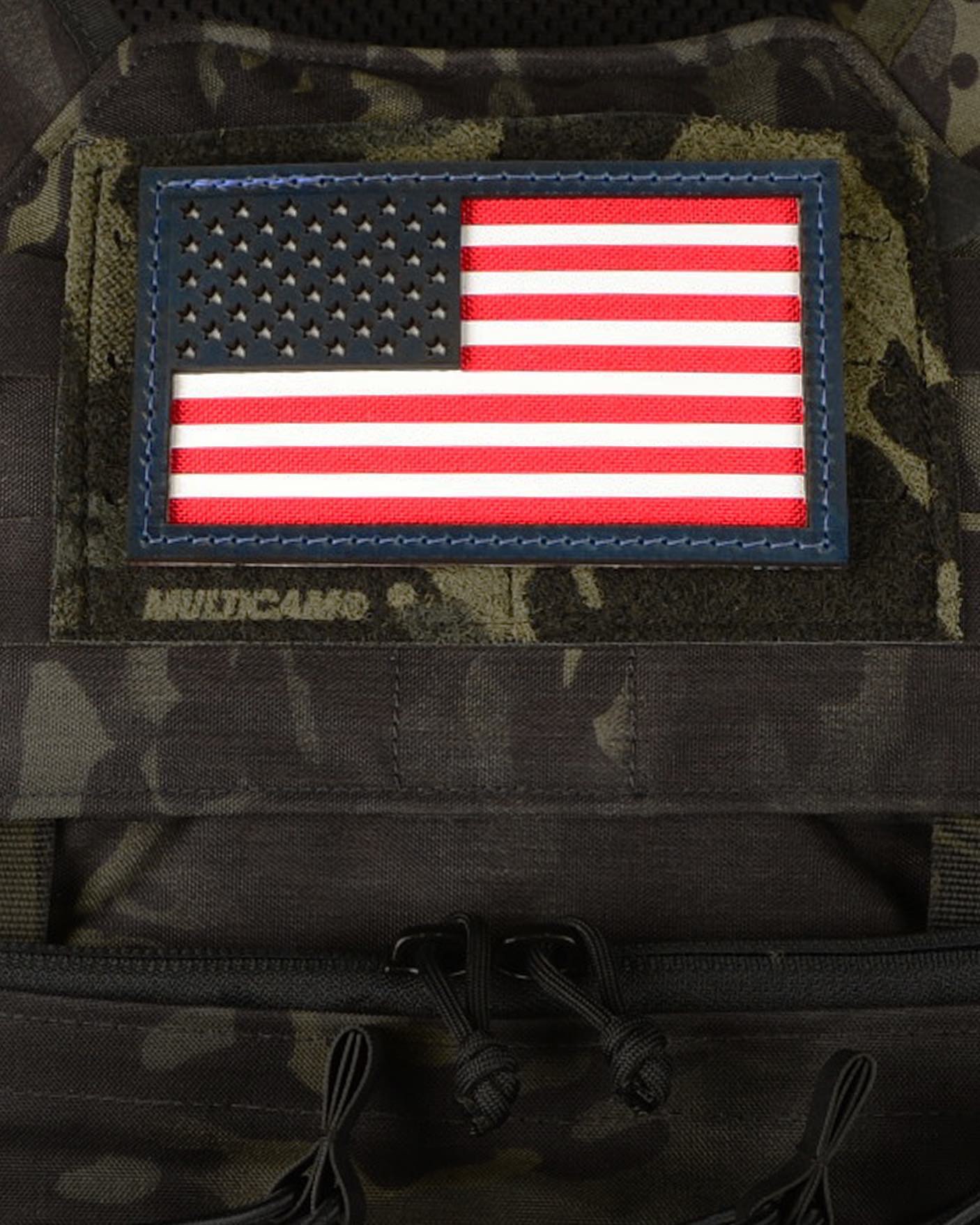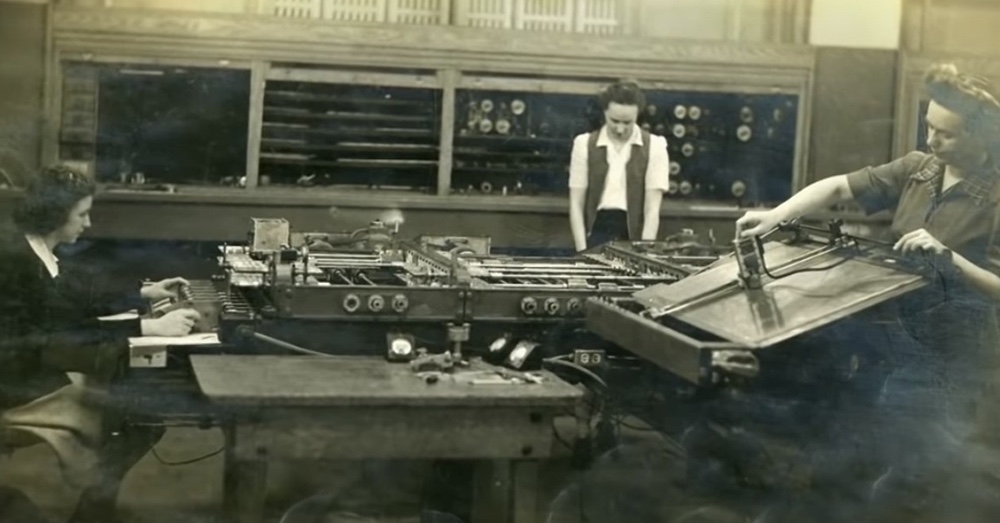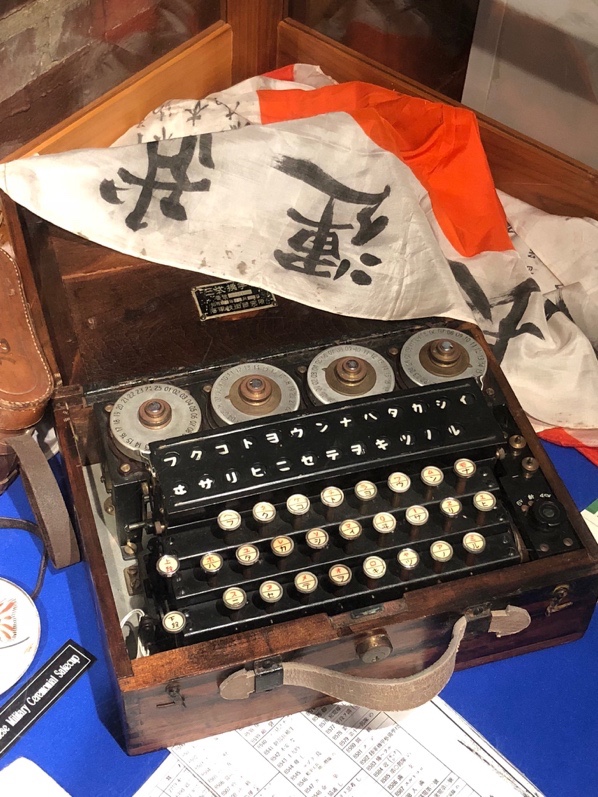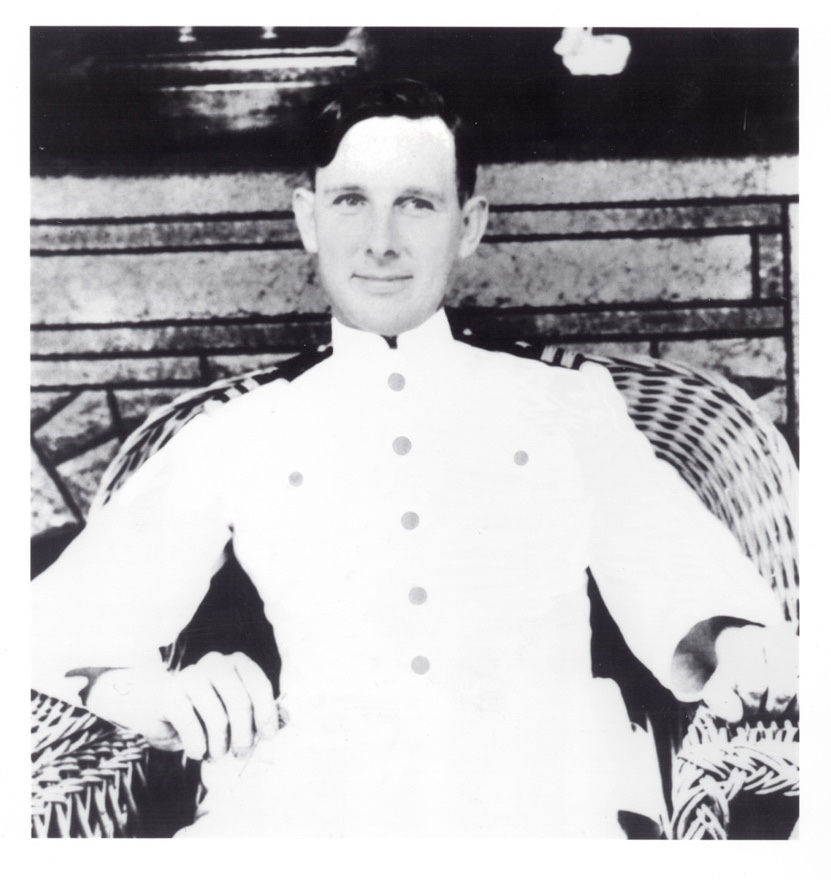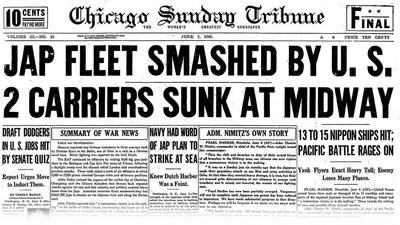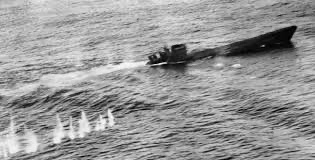U.S. Air Force Airmen from the 505th Command and Control Wing at Kirtland Air Force Base, New Mexico, and Beale AFB, California, supported the U.S. Navy’s ninth iteration of exercise Valiant Shield 22.
VS field training exercises are biennial, joint exercises focused on enhancing integration between the U.S. forces by conducting joint domain operations at sea, on land, in air, and in cyberspace.
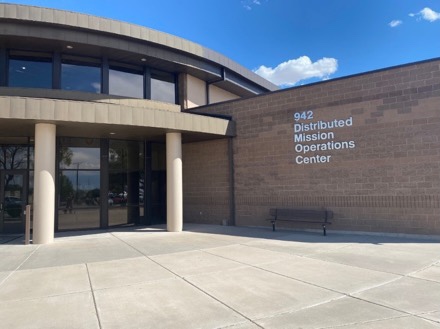
U.S. Indo-Pacific Command headquarters staff forward deployed a joint-force headquarters to Andersen AFB, Guam, for the 12-day exercise. VS 22 provided a venue to support the demonstration of USINDOPACOM’s forward presence in the Western Pacific, while supporting the test of current and new technologies and platforms, to advance critical areas such as multi-intelligence, artificial intelligence, and long-range fire experiments.
The exercise took place in the Joint Region Marianas area of operations including Palau, Naval Base Guam, Andersen AFB, and the off-shore Mariana Island Range Complex, with some training events also occurring in the Commonwealth of the Northern Mariana Islands. The exercise balanced real-world assurance with competitive overmatch for the theater’s rapid procurement campaign strategy.
“This exercise was the perfect opportunity to conduct integrated deterrence, which was the cornerstone of our approach,” said U.S. Navy Rear Admiral Robb Chadwick, VS 22 Joint Exercise Control Group director.
For this year’s event, the USINDOPACOM commander sponsored the first ever live-fly kickoff of Joint All-Domain Command and Control, or JADC2, best of breed demonstration, where the service components were given the opportunity to execute their own vision using current technology to turn concepts into reality. JADC2 is the Department of Defense’s vision for a future command and control construct that connects the battlespace cross every domain.
605th Test and Evaluation Squadron, Detachment 3, Airmen at the Common Mission Control Center, Beale AFB, informed the USAF’s approach to realizing its contribution to JADC2, the Advanced Battle Management System, during VS 22. The CMCC’s direct support to combatant commanders provides the most comprehensive situational understanding of operations while allowing them to synchronize multi-domain effects.
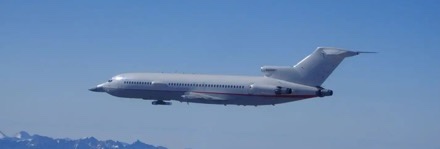
“These demonstrations are critical to the transformation and dissemination of targeting and intelligence information to achieve the goal of sensor-to-shooter connections,” said USAF Lt. Col. Mikita Brown, 605th TES, Det 3 commander, Beale AFB, California.
During the exercise, the CMCC enhanced real-world situational awareness by feeding the joint force through detecting, locating, tracking, and directing engagement of units at sea, on the land, in the air and in cyberspace.
The CMCC provided capabilities for improving critical C2 and battlespace awareness functions which include: over the horizon target custody across distributed C2 nodes, decreasing the time required for Electronic Order of Battle updates, and rapid dissemination of enemy locations from emerging and traditional intelligence, surveillance, and reconnaissance, or ISR, capabilities such as the MQ-9 Reaper and the Raytheon Multi-Program Testbed, or RMT-727.
“The CMCC’s Open Mission Architecture was critical to allow the correlation of multi-intelligence data to the U.S. Army Multi-Domain Task Force and U.S. Marines Corps Expeditionary Fire Battalions,” said Brown. “The CMCC successfully conducted operational test of the operational prototype to identify areas of acceleration while measuring the accuracy provided by its machine-to-machine technology during complex ISR collection and targeting problem sets centered on USINDOPACOM’s larger JADO [joint all-domain operations] initiative.”
Brown continued, “Valiant Shield 22 made vital steps forward for both JADC2 stakeholders, allowing them to see advanced demonstrations in an operationally realistic environment. Incorporating CMCC technology into a modernized C4I [command, control, communications, computers, and intelligence] architecture expanded operational options to disseminate timely access of exquisite ISR feeds into multi-domain CTPs [Common Tactical Pictures] and CIPs [Common Intelligence Pictures] for machine-to-machine solutions.”
Additionally, the 505th CCW participated in VS 22 from Kirtland AFB, New Mexico, where the 705th Combat Training Squadron, also known as the Distributed Mission Operations Center, quickly and effectively responded to a USINDOPACOM commander requirement to support Valiant Shield 22 with joint live, virtual, and constructive capabilities.
In a first-ever proof of concept which was directly applauded by the U.S. Navy INDOPACOM commander, the DMOC integrated joint LVC capabilities into the exercise by hosting an E-8 JSTARS crew from the 12th Airborne Command and Control Squadron and an MQ-9 crew from the 89th Attack Squadron, connecting them to the exercise through the USN’s Continuous Training Environment. These crews were able to successfully track and engage enemy shipping, greatly contributing to the overall goals of the exercise.
“The 705th CTS’s accomplishments during Valiant Shield were providing realistic ISR and tactical kinetic actions utilizing MQ-9 and JSTARS [Joint Surveillance Target Attack Radar System aircraft] in the maritime environment,” according to USAF Lt. Col. Michael Butler, 705th CTS commander, Kirtland AFB, New Mexico. “We incorporated Chat, Link-16 tracks and electro-optical video which greatly enhanced C2 processes in JWAS [Joint War at Sea] operations against threats including high-end Level 1 and 2 surface combatants.”
Butler continued, “In recognition of the DMOC’s seamless short-notice integration both operationally and technically into a combatant commander exercise architecture, Admiral Aquilino [U.S. Navy INDOPACOM commander] added “Joint” to Joint War at Sea.”
The planning for the Valiant Shield 2024 execution has already begun; incorporating lessons learned from VS 22 will enhance USINDOPACOM joint forces’ ability to ensure a free and open Indo-Pacific.
By Deb Henley
505th Command and Control Wing
Public Affairs



